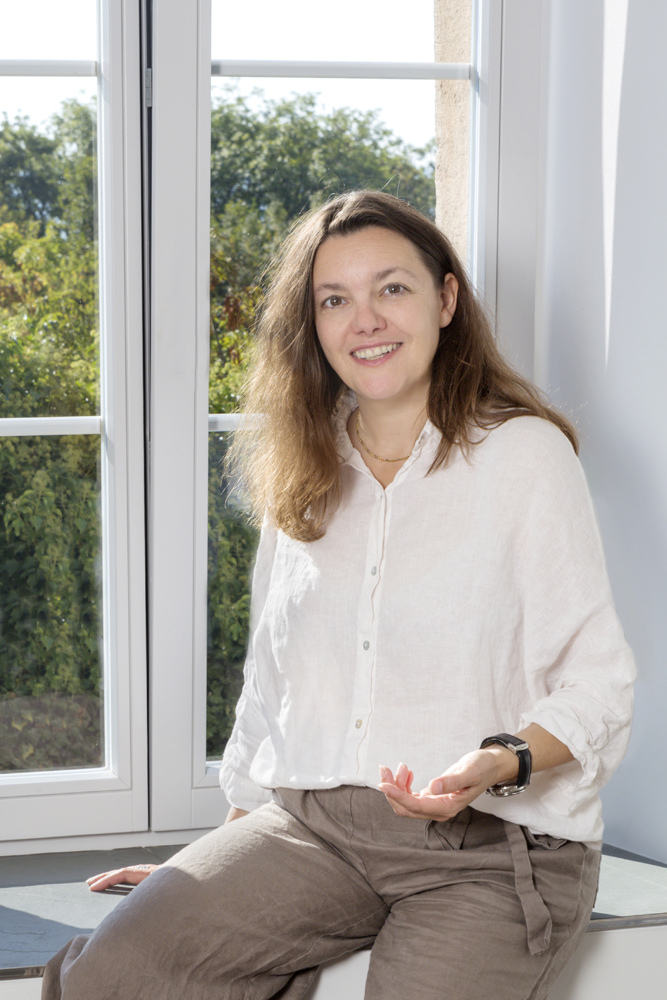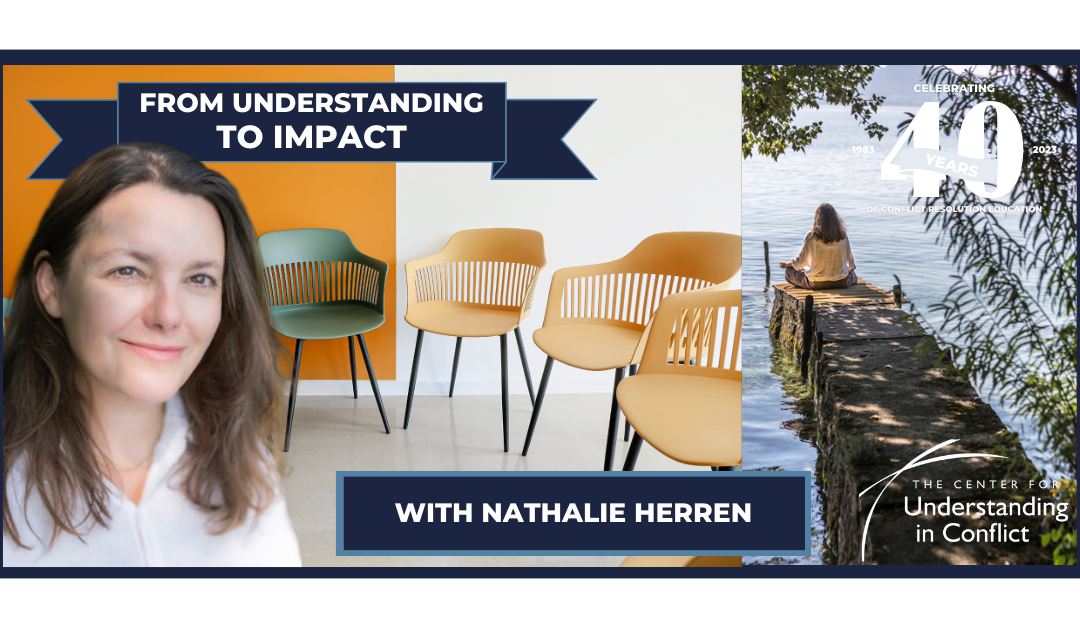Career practitioner champions a unique approach in Europe while training others to do the same
Nathalie Herren is no stranger to conflict resolution or the challenges presented not just by those in conflict but the culture and traditions surrounding popular models of conflict resolution and their application in different nations.
Herren previously studied international relations at the Geneva Graduate Institute, Business Administration at HEC Montréal, and European Master in Mediation at IUKB Sion. She has over 20 years of experience practicing in Europe and North and South America. She is a sworn mediator to the State of Geneva, accredited by Switzerland’s Swiss Chamber of Commercial Mediation (SCCM), and certified by the Swiss Mediation Federation (FSM) and International Mediation Institute (IMI).
Throughout her decades of experience and training, one approach to conflict resolution speaks to her the most, supporting her efforts to encourage parties in conflict to “think outside the box” when finding solutions together while emphasizing authentic communication.
“I wanted to focus my career on mediation because I felt creating a space for peace was important,” Herren said. “Working within existing systems and structures was nice, but I wanted to be independent and free to develop my way of working with individuals in conflict based on the model and method I found most effective and attentive to the human issues at play, including those of the mediator.”
Herren now works as an independent practitioner, founding her company Armonibre in 2015. She focused on working in commercial and workplace mediation in Switzerland and Canada while training others on conflict resolution and nonviolent communication.
Value of the Understanding-Based Approach
“I found the Center for Understanding in Conflict’s methods and approach ideal in conflict scenarios,” Herren said. “The understanding-based model provides simple technical tools that are easy to learn, whether as an employee for a company or a conflict resolution practitioner. What takes time to master is the question of being and how we are as a mediator – our presence, reactions, and how we act in general – is crucial to creating a better environment for working with parties in conflict.”
Herren discovered the understanding-based approach through training with CUC Co-Founder Gary Friedman during a seminar in Talloires, France, in 2014, which emphasized the internal work necessary to move beyond a structured and formulaic approach, focused on encouraging mediators and those in conflict to connect authentically with themselves and each other as a pathway to solving problems and creating the potential for real and lasting change.
“I found that the understanding-based model is more related to how I am,” Herren said. “Whatever we do – writing, taking notes, and thinking about meditating or reflecting about ourselves is something that I appreciate, and I think as professionals, we don’t do it enough.”
Following her introduction to the CUC and understanding-based approach, Herren enrolled in the Teacher Training program, learning how to incorporate mindfulness practice into her own life while gaining experience on how to train other practitioners using tools offered by the CUC, including Looping, the Inner V, and fundamentals from the Self-Reflection for Conflict Professionals Intensive (SCPI).
Conducting a Training
Herren’s first experience teaching a group of budding practitioners occurred when she was invited to address about 20 people in a four-hour session as part of a year-long program exploring traditional approaches to conflict resolution and mediation, focusing on theory and external application without taking into consideration the effect that the internal experience of the mediator as a person could have on the process of bringing parties together.
“I was asked at the last minute to jump in and replace somebody who was going to be teaching about the theory of ethics in mediation,” Herren said. “I took the opportunity to share the understanding-based model, which is a fundamentally different approach than what is common in Europe.”
The group, mostly made up of attorneys and social workers, was beginning to learn about the process of mediation and was struck by the challenge of being aware and responding in real-time to their own emotions and judgments while working to lead parties in conflict to a solution without telling them what to do, which was very different from the processes introduced up to that point.
“The confusion was a benefit in the end,” Herren said. “The group worked together and realized that when you attempt to guide parties to a solution you think is best, rather than following them there through engagement and support, it just doesn’t work, especially once you begin to identify how your own experiences and emotions can cloud the process if not recognized and addressed.”
The teaching experience helped Herren to understand the value of taking a 40-hour in-depth understanding-based mediation program rather than trying to distill the core concepts and roleplay scenarios into a 4-hour workshop.
“During this session, participants following the model uncovered a lot of emotion,” Herren said. “I couldn’t do too much or go too deep with them. But given my time, I felt it was important to teach them how to look inside themselves to connect with authenticity while beginning to follow, rather than guide, parties in conflict to a resolution.”
Even the style of teaching that Herren learned at the CUC was fundamentally different, focused on practice and experience rather than lectures and PowerPoint slides.
“Like the participants there, I too had many professional mediators showing me hundreds of slides and talking and talking,” Herren said. “I never had a chance to participate and, in the end, hadn’t learned or remembered much after two years. So I focused on bringing the group a few core concepts they could integrate, practice, and remember. The group was challenged and frustrated through trial and error and some failure, which left them with an experience that was deep and that they would remember.”
Worth it in the End
Compared to her decades of experience in the field, the understanding-based approach and advanced concepts related to mindfulness and self-reflection are now fundamental to how Herren practices and teaches mediation.
“I find it extremely valuable as a professional,” Herren said. “To say that we have judgments that we need to be aware of, not just within the clients but our own, is very different from how we are traditionally trained, is a surprising process for practitioners here in Europe. We are trained to be empathetic and listen to people but still very distant from our own emotions, and that’s something difficult. Generally, the professional is taught not to show emotion or be aware of it.”
Herren said that, while different, the understanding-based approach is valuable and effective in bringing together parties in conflict. Although mastering the process and being aware of emotions and biases quickly is a long journey but worth it in the end for clients and mediators.
“I think that it’s only by doing this that the mediator could be an efficient mediator within a conflict,” Herren said.

